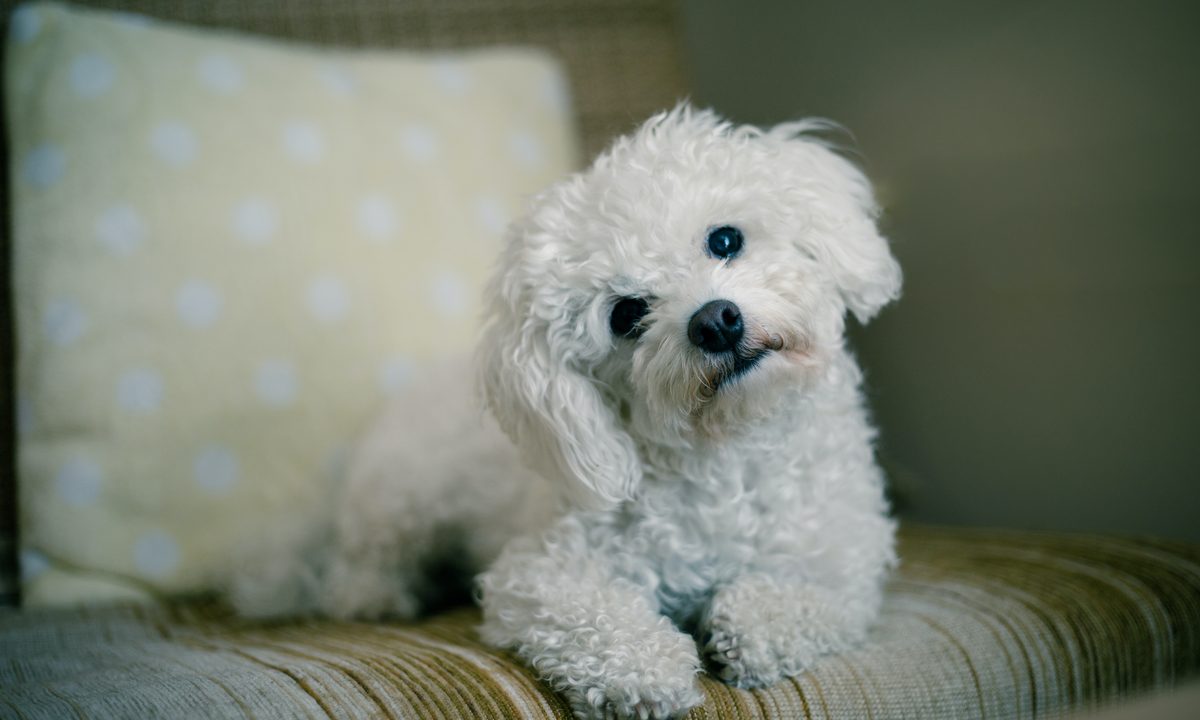Dogs come in so many shapes, sizes, and colors that it can feel like you have unlimited options to choose from. While we can’t recommend selecting a dog just for its beautiful coat, you certainly can keep this in mind when coming up with your list of desired traits.
Some pet owners specifically want a beastie that has pearly white fur (or hair) — it certainly stands out and looks beautiful. Luckily, there are a few breeds that fit the bill and also have many other great qualities to boot. Here are the top white dog breeds we think will work for many potential owners.
Why isn’t it easy to find a white dog?
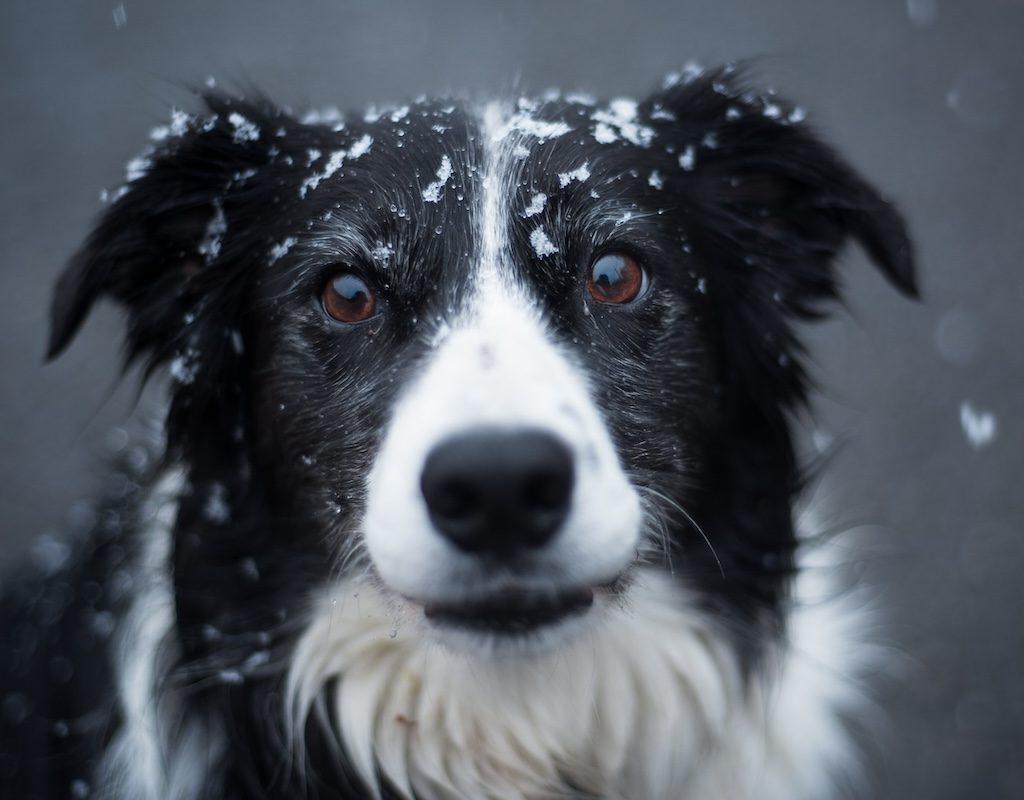
While wolves have some light patches, you can see why a wild dog wouldn’t have bright white fur outside of the Arctic — it makes them too easy to see. Luckily, hundreds of years of breeding can create a shining white coat in just about any pooch, yet we still only have a handful of dogs that fit into this special category.
Most “white” dogs are really off-white, like some golden retrievers or Labs. Alternatively, you might get dogs that are part white, such as Pomeranians, huskies, and collies. You’ll also find that puppies with white fur don’t stay that way, as they can wind up with darkening hair as they mature. If you see a white dog not on this list, check carefully! They won’t necessarily keep their shining coat.
Bichon frise
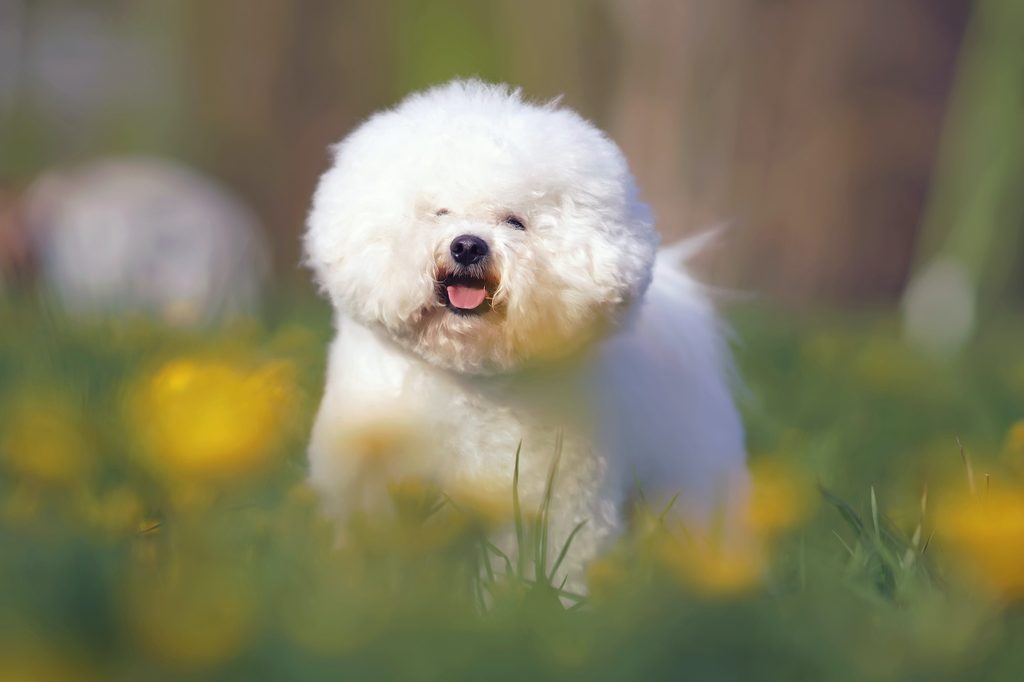
When you think of white dogs, you probably immediately picture this sweet pup. Their curly and fluffy fur definitely leaves an impression, and don’t even get us started on that adorable face. Often described as a live teddy bear, this breed comes from France and is likely a descendant of poodles. Don’t mistake them for a lap dog though; the Bichon needs exercise and attention to stay happy. Also, you’ll have to get really good at maintaining their coat or schedule regular grooming.
Samoyed

For anyone who wants a very active yet adorable white buddy, check out the Samoyed, which hails from Siberia. Originally bred as a hunting and herding dog, this beastie will have your hands full. They truly stand out from the crowd as bright white, extremely fluffy pooches with curly tails. That means you’ll have to put aside a little extra for the dry cleaning bill.
Maltese
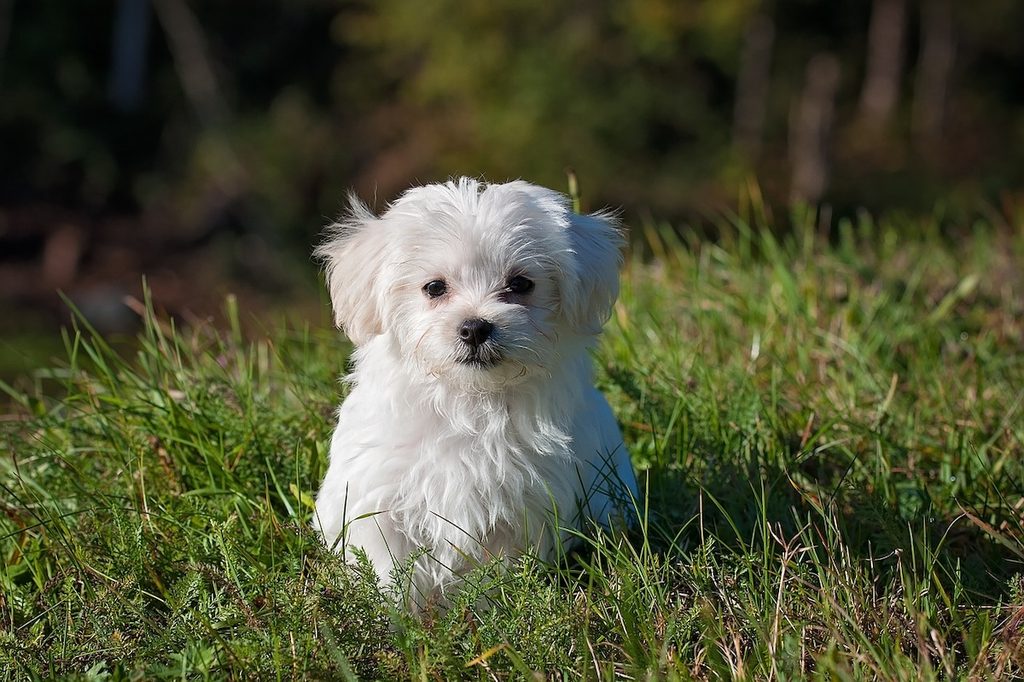
This pup has a special place here as the littlest dog on the list. Toy dog lovers might also be able to find a white Chihuahua, but you will have better luck sticking to the gorgeous and fun Maltese if bright as snow is your goal. Like so many white pets, the Maltese needs a lot of grooming and a lot of love. You can also decide to give them an updo, as lots of these furry friends don’t mind having their hair pulled back into a bow.
West Highland white terrier

We’ve talked before about how terriers don’t necessarily fit the small dog personality, even though they come in under 20 pounds. In this case, Westies were probably bred to be white, so they could stand out while hunting, making it easier for their owners to track and find them. Today, you get to have a loyal and energetic companion that will need regular brushing.
American Eskimo
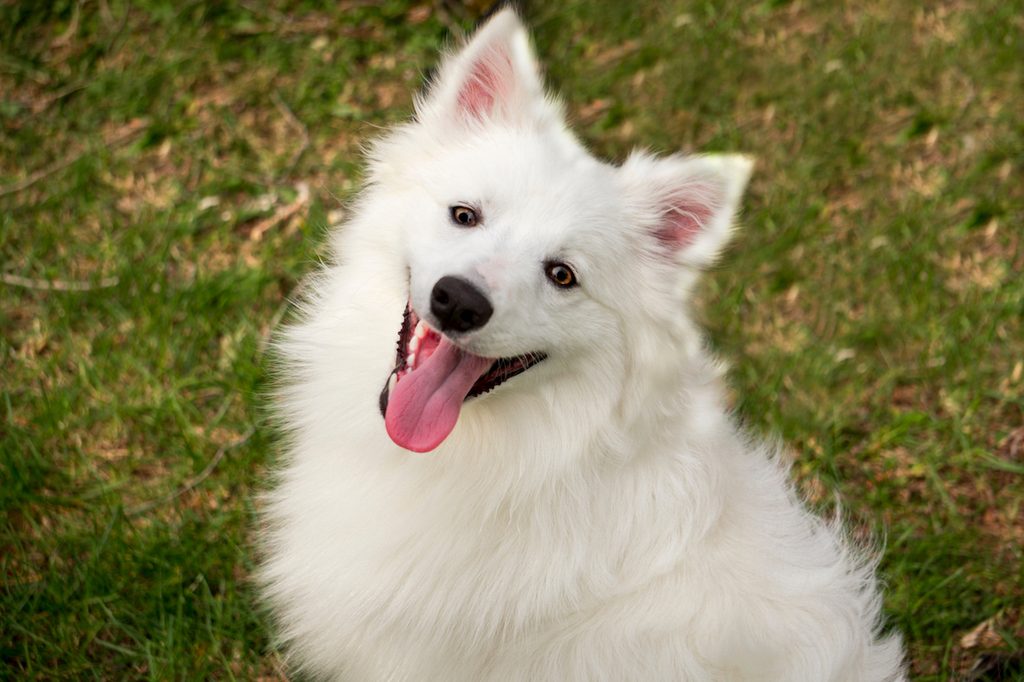
Here’s the great news about the Eskie: It comes in three sizes, so you can pick which will work best for your setup. You may not be as familiar with the American Eskimo dog, but you’ll be sure to love the breed’s intelligence and loyalty. Interestingly, this pup pup was once known for being an excellent circus animal and will take to learning tricks quickly while shining as an all-white four-legger.
Great Pyrenees
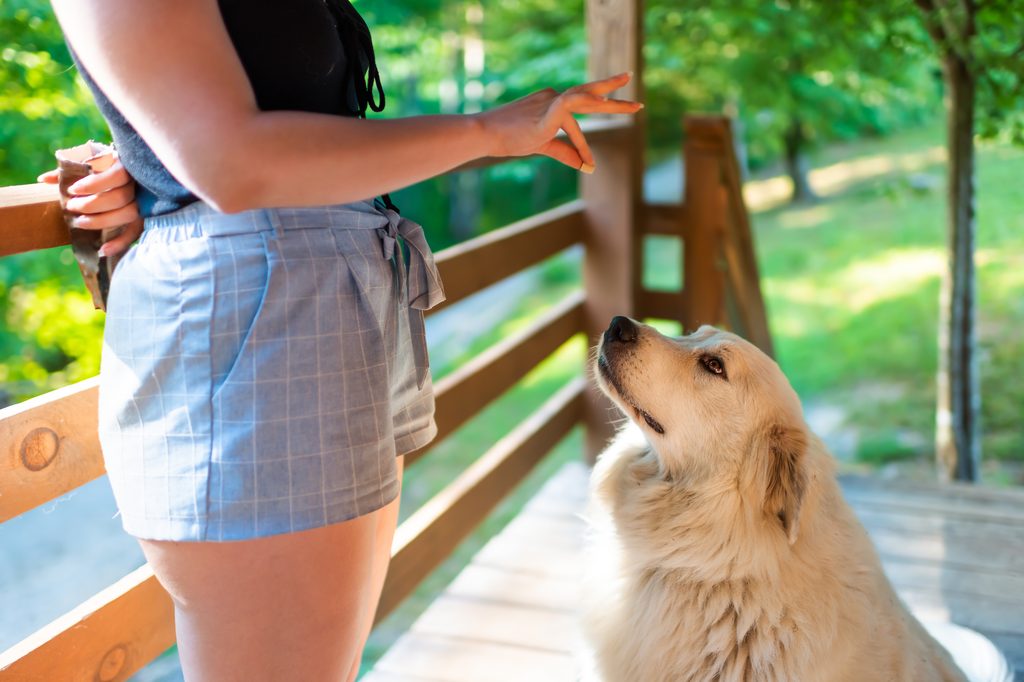
We’ve saved the biggest for last. The Great Pyrenees fits their name and can grow up to 100 pounds or even more. You’ll adore your bright white bestie, and they’ll certainly turn heads. We’ve said this a lot, but these guys do need some fur maintenance and have a ton of it. Because they were trained to protect and herd, you will need to provide regular exercise, but will never find a more loyal Fido than this gentle giant.
You’ll notice that many little dogs made this list. While you may have better luck finding a small buddy with a white coat, big dog lovers can also get their perfect pup. If your favorite breed doesn’t make this list, you can still find a mostly white dog to join your family.
